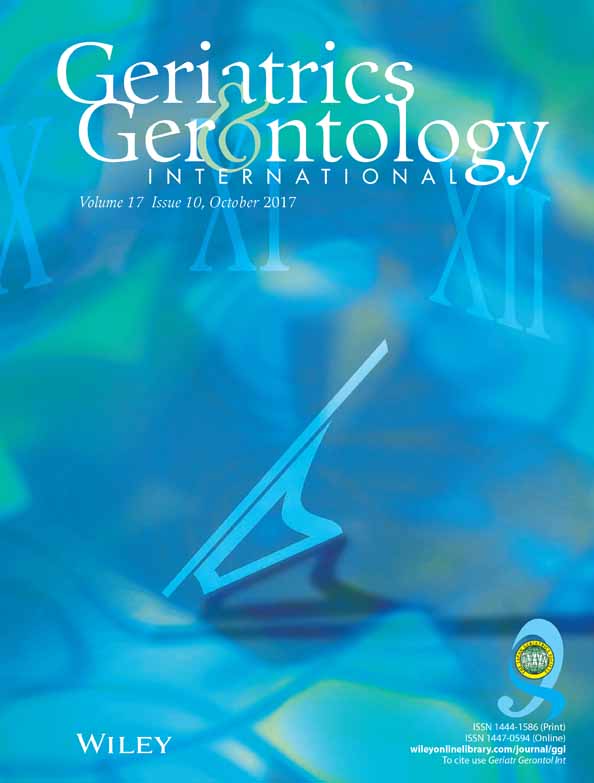Economic and living statuses of community-dwelling older adults and the related factors*
Abstract
Aim
The health and well-being of older adults are closely related to their economic and living statuses. Socioeconomic inequality has a substantial impact on the healthcare received by these older adults. The present study aimed to understand the current economic and living statuses of community older adults, and examine the relationships among their demographics, economic status and living status.
Methods
This study used a cross-sectional correlational design. Stratified random sampling was applied to recruit 384 community-dwelling older adults. A face-to-face structured questionnaire was used to collect data.
Results
The economic and living statuses of older adults were significantly correlated with age, sex, and educational level. Young-old adults were more likely than the oldest-old adults to possess economic power in their households (OR 2.80, P < 0.001). Men were less likely than women to be financially supported by others (OR 0.28, P = 0.001). Participants with a high school education or above were less likely than uneducated participants to be financially supported by others (OR 0.11, P < 0.001); the probability of participants with an elementary school education living alone was 2.65-fold that of uneducated participants (OR 2.65, P = 0.028).
Conclusions
We suggest that in addition to placing its concern over age, the government should focus on older women and uneducated older adults to further refine the current social welfare policies. Geriatr Gerontol Int 2017; 17: 1689–1697.




